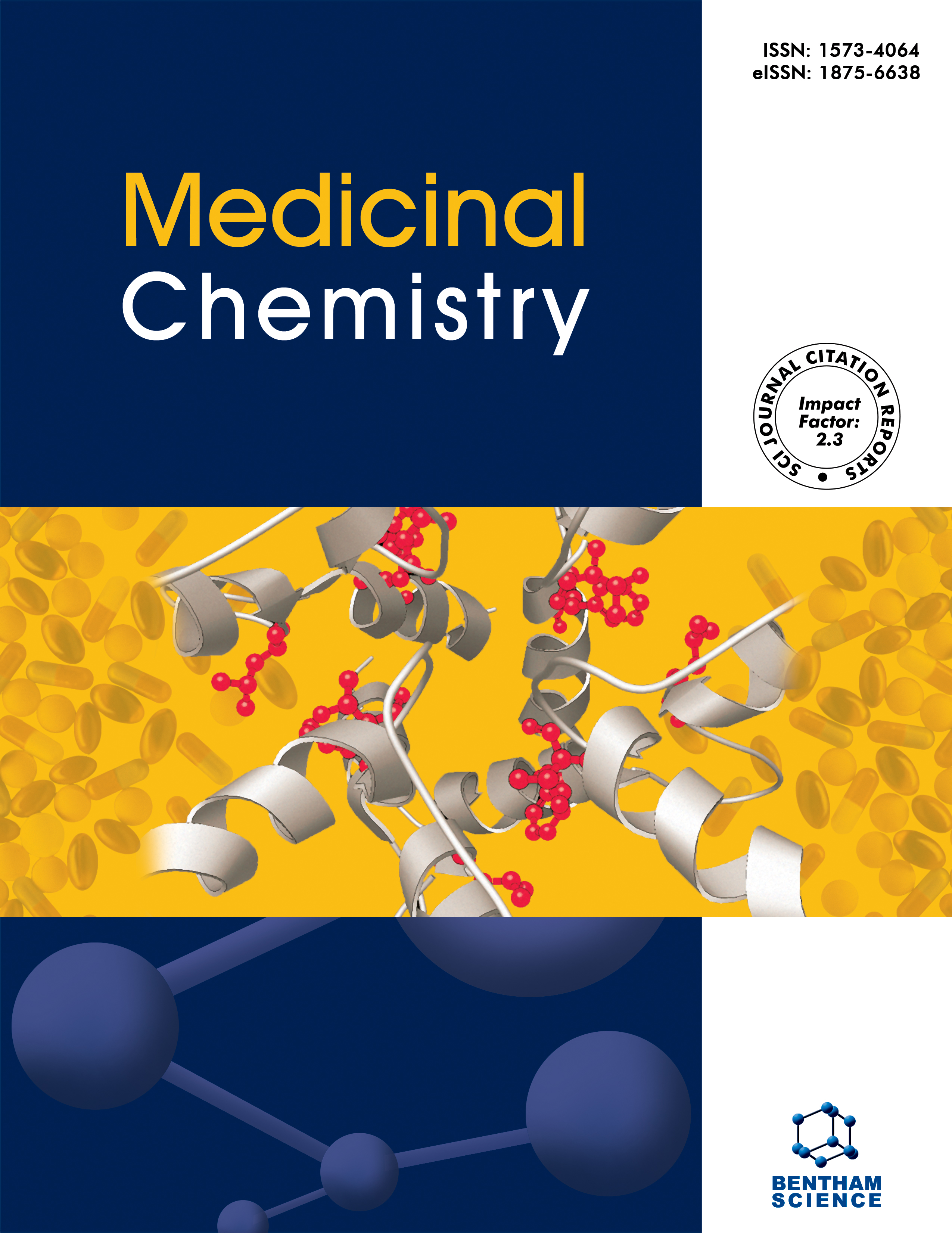
Full text loading...
We use cookies to track usage and preferences.I Understand
Head and neck cancer (HNC) is on the rise worldwide, endangering lives and straining healthcare systems in both developing and developed nations. Despite the availability of a number of therapy options, the success rate for treating and controlling head and neck cancer remains dismal. To combat the aggressiveness and drug resistance of Epstein-Barr virus (EBV)-positive Head-Neck cancer cells, this study looks into the potential of Euphorbia tirucalli (pencil cactus) leaf extract.
The goal of this study is to identify prospective therapeutic candidates from the extract of Euphorbia tirucalli (pencil cactus) leaves, which have the ability to inhibit Epstein-Barr virus (EBV)-positive Head-Neck cancer cells.
The thirteen most important chemical components found in Euphorbia tirucalli (pencil cactus) leaves were analyzed by means of molecular modeling techniques such as Absorption, Distribution, Metabolism, Excretion, and Toxicity (ADMET), Quantum Mechanics (QM) calculation, molecular docking, and molecular dynamics (MD) simulations. Using the Prediction of Activity Spectra for Substances (PASS) model, we assess the potency of these compounds. Important molecular properties such as chemical potential, electronegativity, hardness, and softness can be determined with the use of quantum chemical calculations employing HOMO-LUMO analysis. These drugs' safety and toxicological characteristics are better understood to assessments of their pharmacokinetics and ADMET. Finally, molecular dynamics simulations are employed to verify binding interactions and assess the stability of docked complexes.
The molecular docking analysis identifies ligands (01), (02), and (10) as strong competitors, with strong binding affinity for the Epstein-Barr virus (EBV)-positive Head-Neck cancer cell line. Not only do the ligands (01), (02), and (10) match the criteria for a potential new inhibitor of head-neck cancer, but they also outperform the present FDA-approved treatment.
Taraxerol, euphol, and ephorginol, three phytochemicals isolated from the leaves of the Euphorbia tirucalli (pencil cactus), have been identified as effective anti-cancer agents with the potential to serve as a foundation for novel head-neck cancer therapies, particularly those targeting the Epstein-Barr virus (EBV)-overexpressing subtype of this disease. An effective, individualized treatment plan for head-neck cancer is a long way off, but this study is a major step forward that could change the lives of patients and reduce the global burden of this disease.

Article metrics loading...

Full text loading...
References


Data & Media loading...
Supplements

